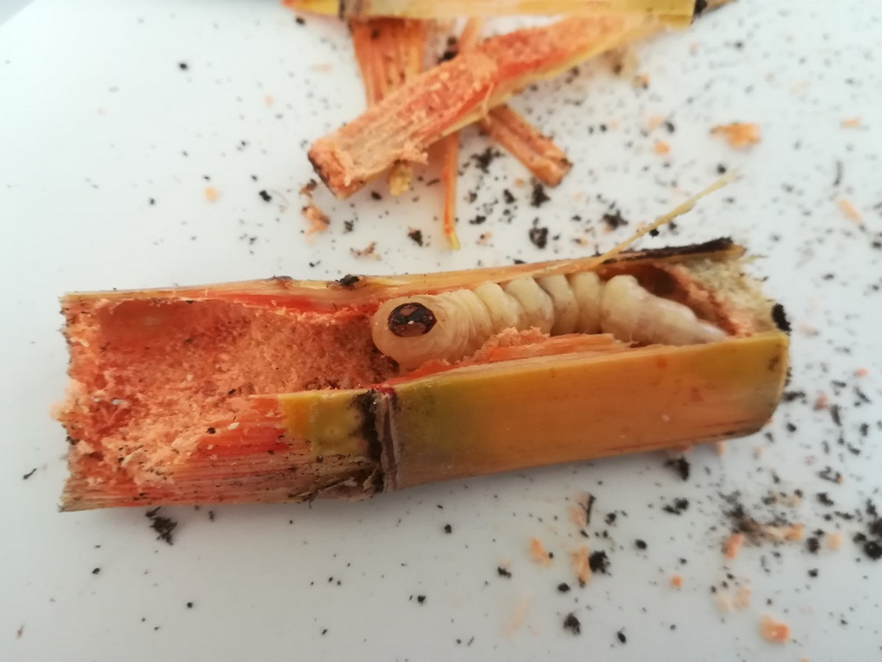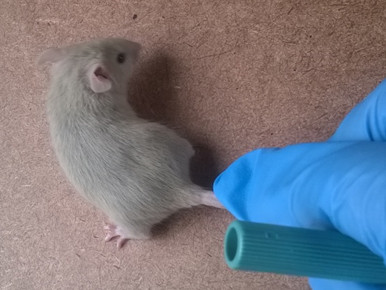Join us for the National Symposium on Biological Invasions 2023
The Stellenbosch University Centre for Invasion Biology (C·I·B) and the South African National Biodiversity Institute (SANBI) are collaborating to host the National Symposium on Biological Invasions 2023.




